A Python is any member of the taxonomic family Pythonidae. Members of this family grow to incredible lengths. Some of the largest species include the Burmese, Reticulated, and African rock. Researchers recognize 31 different species of Pythons. Read on to learn about the Python.
Description of the Python
The various species of these snakes differ in size and color. Most species are rather large-bodied, heavy snakes. Their scales come in many colors and patterns, including tan, brown, black, white, grey, and more.
Adults range drastically in length and weight. They measure anywhere from 20 in. long to over 20 ft. long! The largest recorded individual weighed over 400 lbs.
Interesting Facts About the Python
Even though some species grow to immense lengths, humans pose a much greater danger to these snakes than the snakes pose to humans. Learn more about some individual species, and why they deserve our protection, below.
- Pygmy Python – This little species is the smallest in the family. Adults measure about 20 in. long. Many people consider this snake quite docile and friendly, and happily welcome it near their home or farm because it eats rats and mice.
- Reticulated Python – On the other end of the scale, this species is the largest in the family. It reaches lengths of 20 ft. or more! Though they naturally live in southern Asia, humans have introduced this species to Florida. Uneducated pet owners purchase the snakes when they are small, and then release them when they grow too large.
- Burmese Python – Despite their threat as an invasive species in the Florida Everglades, this snake faces extinction in its home range. The IUCN lists this species as Vulnerable. Humans capture this snake for the pet trade, and to use their skin for leather and purses.
Habitat of the Python
The various species of these snakes live in different types of habitats. Each has its own habitat preferences, though many share similar habitats. Some of the different habitats that they occupy include rainforests, swamps, wetlands, forests, woodlands, marshes, scrubland, grassland, and rocky areas.
Many species also live in close proximity to farms or pastures, where bountiful rodent prey attracts them.
Distribution of the Python
Each individual species has its own unique range. Some populations overlap with those of other species. For some species, their range extends across entire countries, while others live in just an isolated region or on a single island.
You can find various species throughout Africa, Asia, Australia, and the surrounding islands. Some also exist as invasive species in Florida.
Diet of the Python
Like all snakes, these creatures are carnivorous. This means that they feed on other animals, and do not eat plants. Their diet varies based on where they live and how large they are. They eat rats, mice, birds, bats, other snakes, frogs, and even larger creatures like deer and antelope.
They kill their prey through constriction. Despite common belief, the prey does not suffocate. Instead, blood flow is cut off from the brain, causing the prey to lose consciousness.
Python and Human Interaction
Human interaction varies drastically based on the species at hand. Some species cross paths with humans frequently, while others live in dense forests that humans rarely enter.
Sadly, humans have reduced the populations of several different species. Habitat destruction and poaching for the pet trade or their meat and skin are the greatest threats to these reptiles.
Domestication
Humans have not domesticated this snake in any way.
Does the Python Make a Good Pet
Some Pythons make great pets. The most popular pet species is the ball Python. However, you should only purchase an exotic pet that is captive-bred.
Python Care
Care varies drastically from one species to the next. Smaller species need smaller enclosures, while larger species need more space. Many species prefer habitats with a constant water source to soak in. Temperature and humidity vary based on their natural habitat. Most thrive on a diet of rats, mice, rabbits, or chicks.
Behavior of the Python
The behaviors of these snakes vary based on the species. Some are diurnal, and active during the day, while others forage at night or during dusk and dawn. Most species live solitary lives, and only interact with other snakes during the breeding season. The breeding season and behavior varies from species to species.
Reproduction of the Python
These snakes are oviparous, which means that they lay eggs. The number of eggs per clutch varies drastically by species. Some lay 7 eggs on average, others average 50 eggs or more per clutch.
After laying their eggs, females use their bodies to incubate them. Once the eggs hatch, the young are fully independent and receive no additional care.

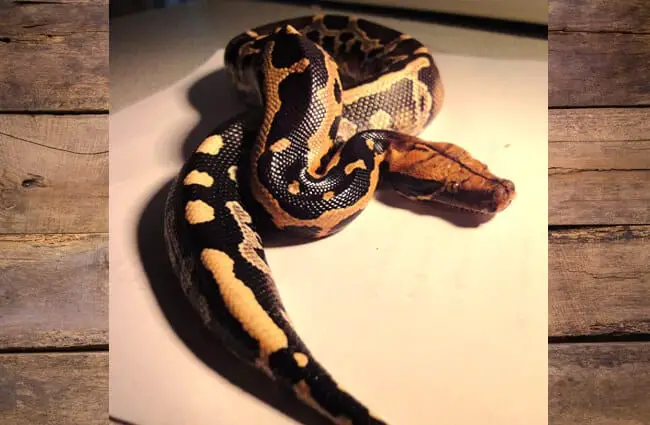

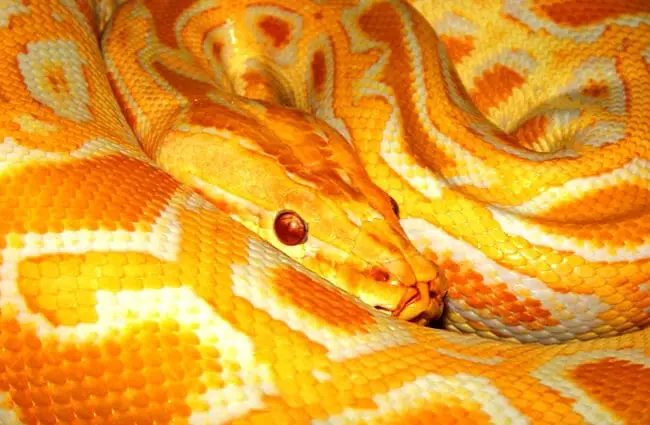
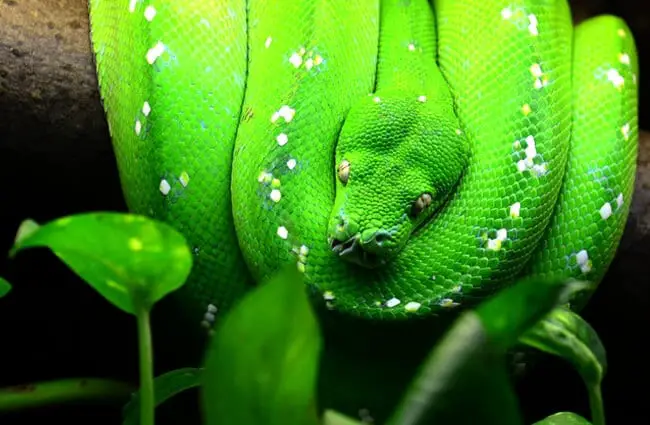
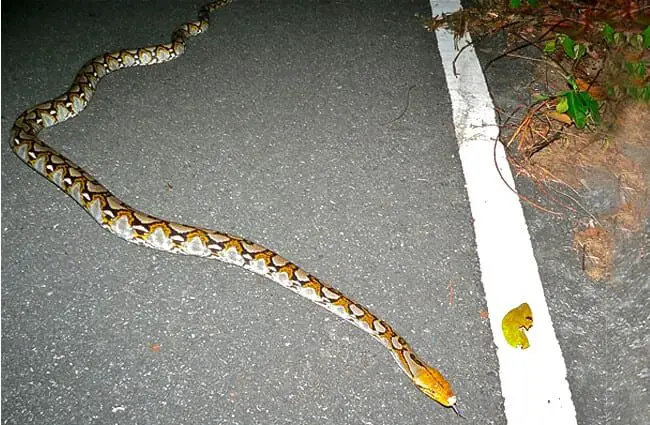




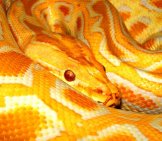
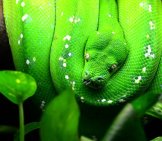
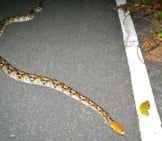

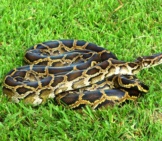
![Red Angus Closeup of a beautiful Red Angus cowPhoto by: U.S. Department of Agriculture [pubic domain]https://creativecommons.org/licenses/by/2.0/](https://animals.net/wp-content/uploads/2020/03/Red-Angus-4-238x178.jpg)












![Red Angus Closeup of a beautiful Red Angus cowPhoto by: U.S. Department of Agriculture [pubic domain]https://creativecommons.org/licenses/by/2.0/](https://animals.net/wp-content/uploads/2020/03/Red-Angus-4-100x75.jpg)

